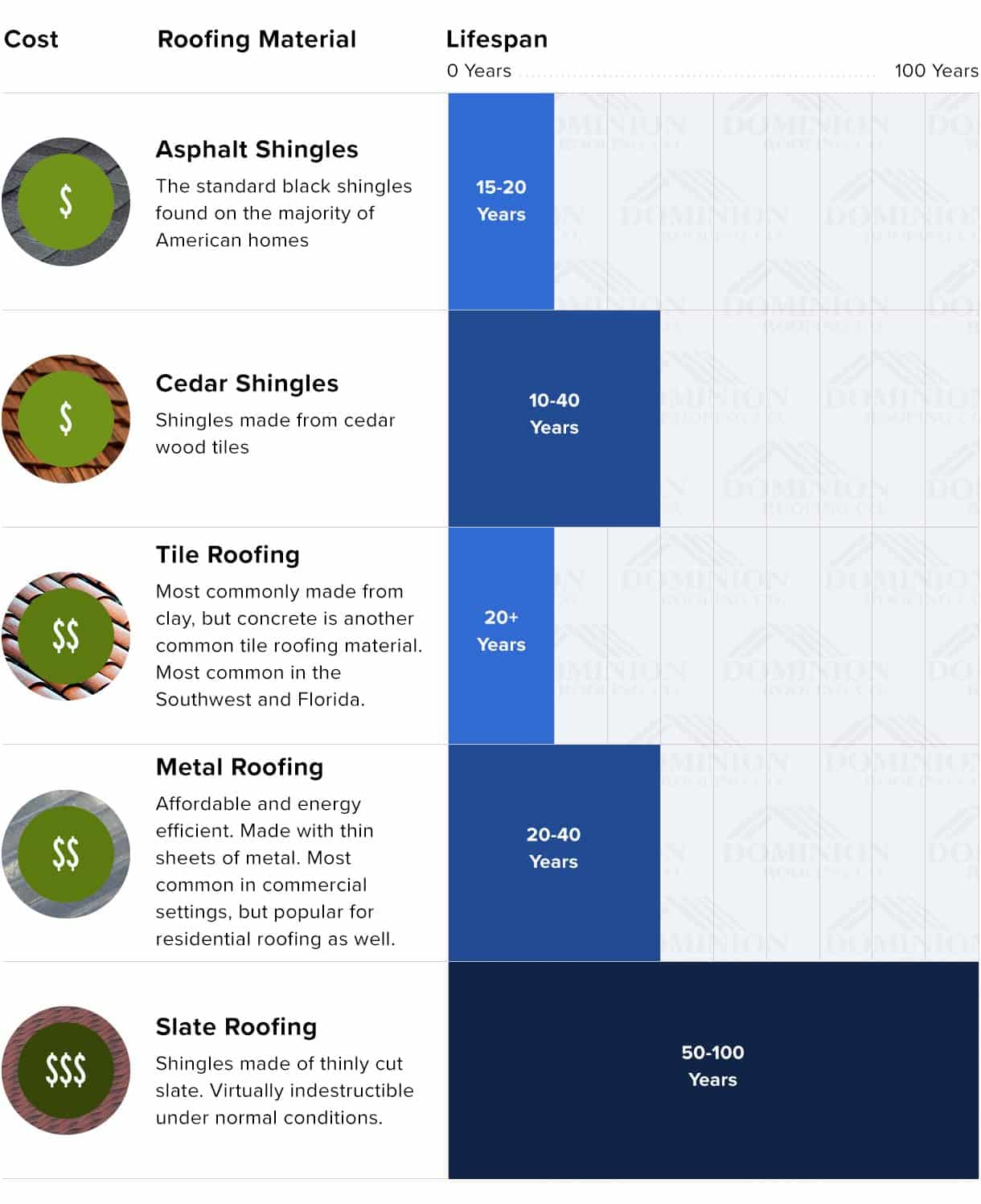Neglecting Roofing Ventilation Can Lead To Expensive Damages; Learn The Crucial Elements That Ensure A Successful Installation And Secure Your Investment
Neglecting Roofing Ventilation Can Lead To Expensive Damages; Learn The Crucial Elements That Ensure A Successful Installation And Secure Your Investment
Blog Article
Short Article Writer-Caldwell Thomsen
When you're taking on a roof covering task, you could not believe much concerning roofing system air flow, but it's even more vital than you recognize. Effective air flow helps manage temperature level and dampness in your attic room, protecting against issues like mold and architectural damage. By understanding how to develop and mount a balanced air flow system, you can enhance power effectiveness and prolong the life expectancy of your roof covering materials. So, what are the vital elements to consider throughout installation that can make all the distinction?
Importance of Roofing Ventilation
Roofing ventilation plays a vital function in keeping the general wellness of your home. By allowing fresh air to distribute through your attic, it assists control temperature level and dampness degrees. This balance is important to prevent warmth build-up throughout hot months, which can result in boosted energy costs as your a/c burns the midnight oil.
Furthermore, correct ventilation considerably decreases the danger of moisture-related concerns like mold and mold. If humidity degrees increase, your home's architectural stability can be jeopardized, leading to costly fixings. You wouldn't intend to manage rotting timber or deformed roof covering materials, right?
In addition, sufficient ventilation prolongs the life expectancy of your roofing system. When heat and wetness are kept in check, your roof covering can do efficiently, avoiding premature wear and tear. This indicates less headaches and expenditures down the line.
Just How Roofing System Ventilation Functions
Reliable roofing ventilation counts on the natural movement of air to develop an equilibrium in between intake and exhaust. When you set up vents, you're essentially enabling fresh air to enter your attic while allowing hot, stale air to run away. This process assists manage temperature level and moisture levels, protecting against problems like mold and mildew growth and roof covering damages.
Intake https://titussmhbu.blogoxo.com/32557335/mitigate-the-danger-of-expensive-repair-services-with-continuous-roofing-system-maintenance-uncover-important-understandings-that-can-guard-your-home-in-means-you-never-ever-believed-possible , typically found at the eaves, draw in cool air from outside. On the other hand, exhaust vents, located near the ridge of the roofing system, let hot air rise and departure. The distinction in temperature develops an all-natural airflow, called the pile effect. As warm air increases, it produces a vacuum cleaner that draws in cooler air from the lower vents.
To maximize this system, you need to guarantee that the intake and exhaust vents are appropriately sized and placed. If the consumption is limited, you will not achieve the preferred air flow.
Furthermore, insufficient exhaust can trap warmth and dampness, causing possible damages.
Secret Setup Factors To Consider
When setting up roofing air flow, several essential considerations can make or break your system's effectiveness. First, you need to assess your roofing system's layout. linked site , form, and products all influence air flow and ventilation option. Make certain to pick vents that match your roof type and local environment conditions.
Next off, think about the positioning of your vents. Ideally, you'll want a well balanced system with intake and exhaust vents positioned for optimal air flow. Location intake vents low on the roof covering and exhaust vents near the height to encourage an all-natural circulation of air. This configuration aids avoid wetness accumulation and promotes energy efficiency.
Don't ignore insulation. Proper insulation in your attic avoids heat from running away and maintains your home comfortable. Make sure that insulation does not block your vents, as this can prevent air movement.
Last but not least, think of upkeep. Choose air flow systems that are very easy to access for cleaning and evaluation. Normal upkeep ensures your system remains to operate efficiently in time.
Final thought
In conclusion, roof covering air flow is necessary for an effective setup. By making sure appropriate air flow, you can protect against warmth buildup and dampness concerns that cause expensive damage. When you purposefully position intake and exhaust vents, you improve power efficiency and extend the lifespan of your roof. Remember, a well-ventilated roofing not just secures your financial investment but additionally boosts your interior air quality. So, focus on air flow to make certain a durable and cost-effective roofing system for your home.
